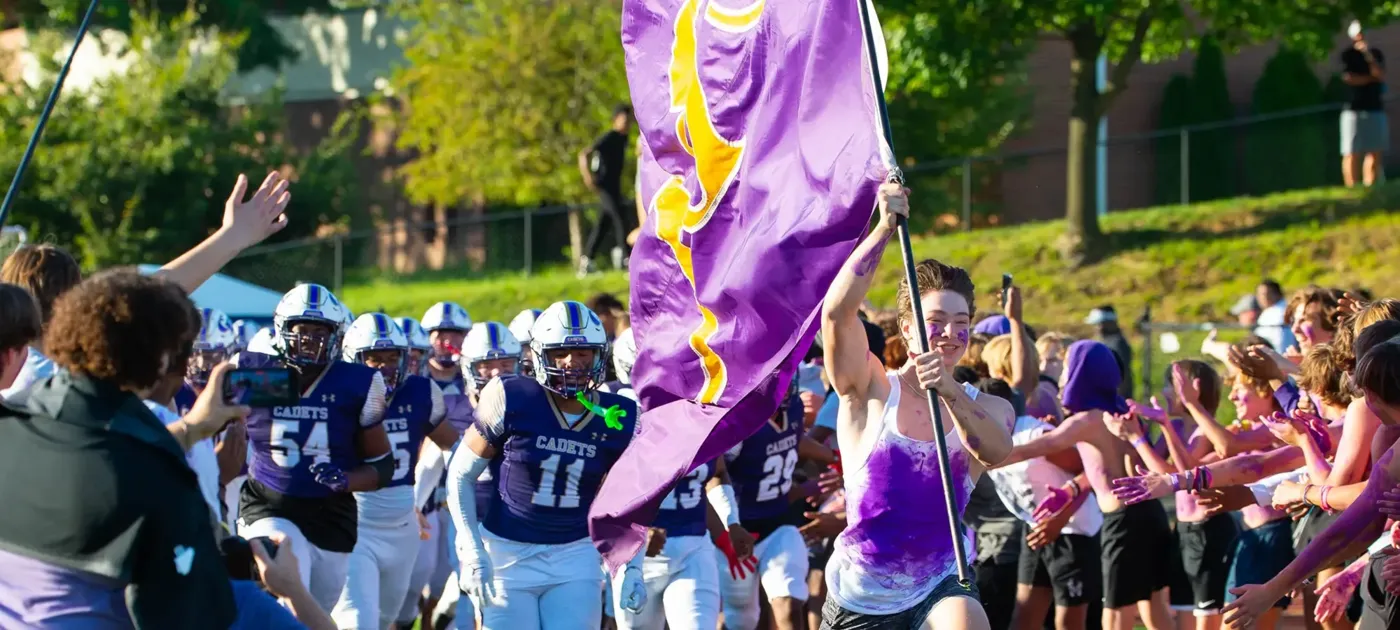Independence in Education: Marking 100 Years
This spring, families across the United States made important school enrollment decisions for their children for the coming year. Many considered options from the nearly 30,000 private schools in the U.S., including independent schools and parochial schools; coeducational and single-sex schools; boarding and day schools; religiously affiliated and nonsectarian schools; small and large schools. They walked through classrooms, playgrounds, fields, and performing arts centers and considered which programs, values, and communities would be the best fit for their families.
This ability for families to choose the best school for their children wasn’t always a given. In fact, it was a right affirmed in a landmark Supreme Court decision made 100 years ago. In June 1925, in the case of Pierce v. Society of Sisters, the Court unanimously ruled that an Oregon law requiring children to attend public schools was unconstitutional, on the grounds that it violated the liberty of parents to choose the educational path for their children.
This case is essential to the story of the enduring and expanding K-12 private school landscape in the U.S. over the last century. It is also foundational to how we talk about the importance of “independence” in independent schools.

